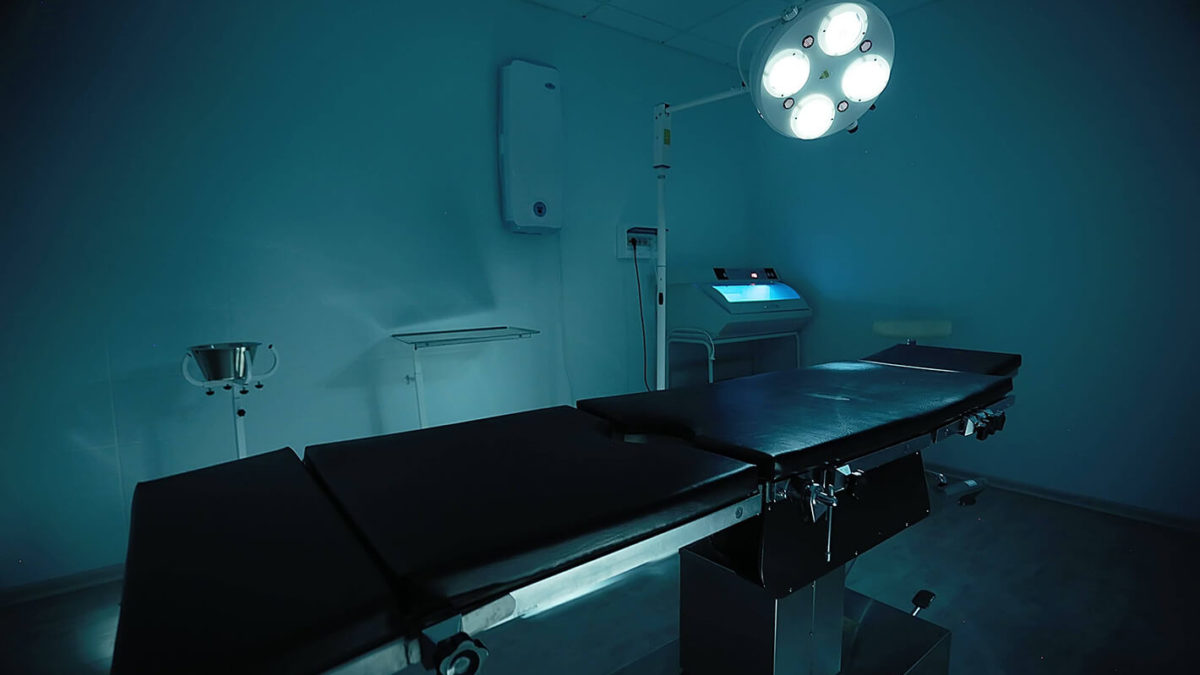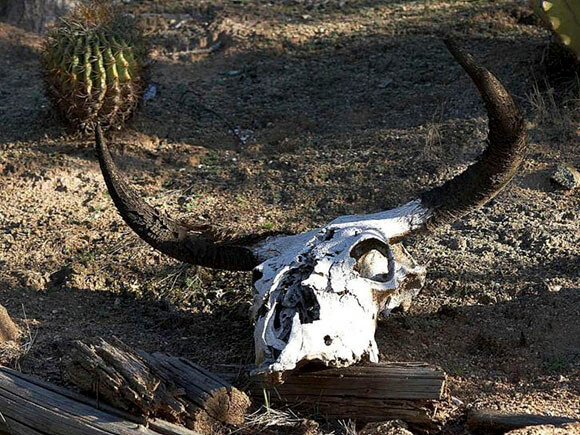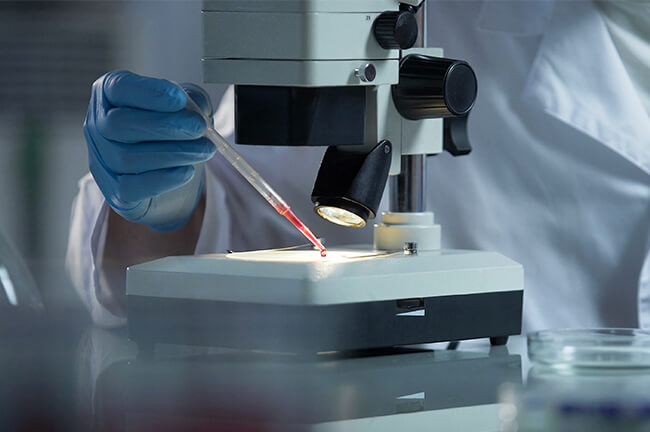Where Do We Go When We Die?

It’s a question everyone asks, and we’re here to give you the answer.
To clarify, no, we don’t mean the afterlife, of course. That’s a topic between you and your belief system, whatever that may be. What we’re talking about is where exactly our physical bodies go once we die.
Deaths are as unique and individual as our lives. There are countless ways to go, and the staff here at Crime Scene Cleanup regularly faces the worst of them. Because of the graphic nature of our services, it’s often better for family members not to traumatize themselves further by viewing crime scenes or attempting any type of biohazard cleanup by themselves.
As professionals, the biohazard specialists at Crime Scene Cleanup are fully equipped to handle these situations. But following the cleanup, many families are left wondering what exactly happens to the body of a loved one once they leave in a coroner’s van, and we’ll tell you.
The following descriptions may be a little graphic from here on out.
We’re Off to See The Wizard
Or, to be more accurate, the coroner. Once a body is tagged, bagged, loaded, and strapped in, it’s to the coroner’s morgue we go.
- The coroner is a local government employee with some medical training.
- Some counties also employ medical examiners (ME). These folks have the daily tasks of dissecting dead people to sort out the cause of death.
- Depending on their workload, bodies can remain at a coroner’s morgue for any length of time, ranging from 3 days to 6 months.
Morgues don’t always look like the crisp stainless steel drawers we see on TV. They’re more like walk-in refrigerators, with wall shelves piled with bagged bodies.
And it’s a good thing smell-o-vision doesn’t exist yet, because murder-mystery and true crime shows would become virtually unbearable.
The purpose of the autopsy is to define a precise time and reason of death, and to verify identity. But in the meantime, that body is stored at a brisk 40 degrees F.
What Are Autopsies Like?
In a word: gross. Regardless of the age or condition (or smell) of a body, the standard autopsy begins with a visual examination. Beyond guessing at age, the ME will also photograph tattoos and scars, and make notes on anything potentially meaningful, like the presence of nail polish, fibers, wounds and so forth.
- Many ME’s will also photograph the teeth, or take impressions of the jaws if identity is in question.
- Pathologists may take samples of hair, skin, nails and so on, if the cause of death is questionable.
- They may also take X-rays, especially for shooting victims of death by accidental gunshot.
Once that’s complete, it’s time to open up the body to inspect the organs if the cause of death hasn’t been sorted out.
The Internal Exam
They’ll start with a Y-shaped incision across the chest, starting up at each shoulder joint, and down to the pubic bone. Once the rib cage is available, they’ll use a saw or shears to open the chest cavity.
Again, TV shows don’t get it quite right. On females, the incision will run below the breasts. From there, all the internal organs are removed, reviewed, and weighed.
If the ME’s staff is in a good mood, they’ll return the organs to the body cavity (in no particular order) and stitch the decedent closed. Or, if they’re swamped, maybe they’ll chuck all those giblets in the body bag and zip it up for the funeral director to find.
Because that’s the next step – another van heading to a funeral home or crematory.
Chillin’ in the Cooler Again
Whether you’re going to have a three-day Roman Catholic burial service, or an economical cremation and scattering, bodies are stored in the funeral home’s cooler OR at an off-site refrigeration facility until the paperwork is finished, and then it’s showtime!
Big corporate cremation providers, by the way, house bodies in giant chilled warehouses until it’s time to get buried or be cremated. Imagine stepping into a room the size of your high school gymnasium, filled wall to wall with gurneys of dead people. It’s spooky. But hopefully you won’t be there long before heading to the cemetery or crematory.
Cremation – it’s Hot!
Everyone seems to think the cremation process is immediate, and only leaves behind a little pile of grey cigarette ash. In reality, cremation retorts heat up to 1500 to 1800 degrees and stay that way for hours. Then there is cool-down time, it can be hours, before the human remains can be removed and processed.
Yes, we all go one more place after cremation. It’s a glorified blender! Cremation doesn’t reduce a human body entirely to ash. There are still bits of bone and teeth that need to be ground by machine into a flour-like consistency. In the industry, we call it processing.
Finally, our journeys in this world come to an end. Cremated remains are returned to families to be buried or scattered. Our base elements returned to the environment that built us.
We hope you’ve enjoyed our frolic through the deathcare industry. We hope it wasn’t too irreverent, but you’ve always wondered where do we go when we die. Now you know.




